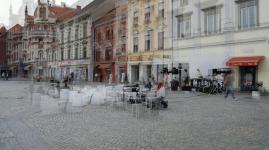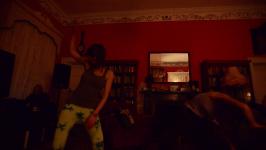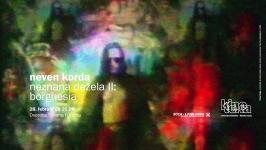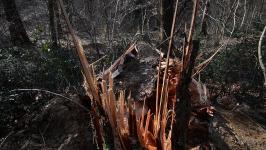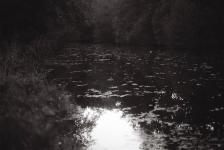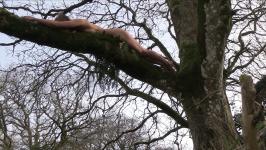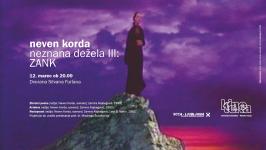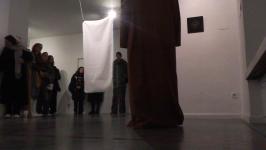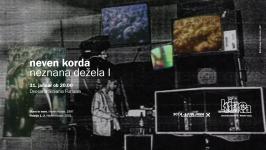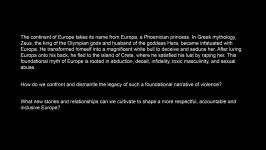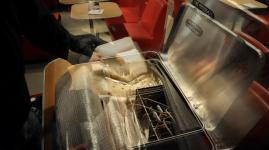Škuc-Forum Video Production
The program consists of fragments of the numerous video tapes (documentary videos, videos d'auteur, and video clips) that were made by the protagonists of “the Ljubljana alternative scene” in the 80s. They were all produced within the Škuc-Forum Video Production, the only independent production of the time, which acquired a specific position within the Slovene cultural context and cut deeply into the social consciousness.
The program gives an overview of "the Ljubljana alternative scene" in the 80s - the activism and creation of the marginalised social and cultural groups with their main venues Škuc Gallery and FV Disko: the club scene with punk concerts, coming-out of gays & lesbians, multimedia projects, graffiti projects; the art scene, the peace movement, etc. One of the prominent characteristics of that scene was its strong connection with mass culture on the one hand, and an elaborated and constructive theoretical background on the other. Although we could say that the protagonists of the scene were very well aware of the Althusserian concept of the state ideological aparata and the functioning of power and the mechanisms of control, they finally met with the contradictory situation. Namely, while their position, determined by a strong feeling of belonging, was to remain outside of the strict social constraints, they strove for an influence on general public opinion. We could even speak of a shared feeling of a kind of freedom of expression - that everything was possible - and hopes that they could make changes happen. Nevertheless, "the Ljubljana alternative scene" was one of the propelling forces of the civil society and the so called New Social Movements which in fact triggered the socio-political changes. Namely, what was special about the New Social Movements in Slovenia in the 80s was the fact that their initiatives belonged largely to the field of culture, not politics which was the impenetrable domain of the ruling Communist party.
Video production was a constitutive part of "the Ljubljana alternative scene"; it played an important role not only within the context of media culture but had also an impact on the broader social and political situation in Slovenia. The happenings and events of the time were continuously been documented and the low budget (VHS) video works were produced (FV Video, Meje kontrole št. 4, Marko Kovačič, Marjan Osole – Max, Andrej Lupinc, Igor Virovac, etc.). Video played a role similar to Polaroid and Xerox: it was an "instant" medium which was cheap, accessible, and not subject to control and censorship. Since it was not hindered by traditional codes, the video works explored social and cultural issues, disclosed the functioning of ideological mechanisms and aesthetic effect, and openly unveiled marginal and taboo themes. Besides, video also formed part of various multimedia projects and performances (Borghesia, Marko Kovačič, Marjan Osole – Max, etc.).
